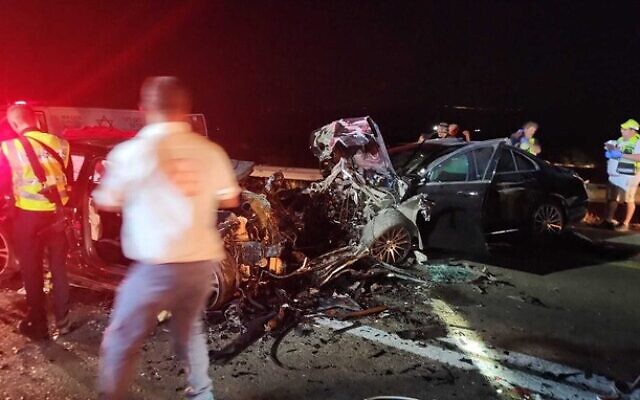
Brown Acid Black Leather: The Story Of The Jesus And Mary Chain’s Psychocandy
Jim Reid and Douglas Hart give Julian Marszalek the low down on the making of one of the best rock albums of the 1980s, Psychocandy

The tension in the packed venue was not only palpable but also worrying. The date was September 9, 1985 and the Jesus And Mary Chain were scheduled to headline Camden’s Electric Ballroom, a date that was to be the culmination of a year of riots, violence and notoriously short sets that had been left in the band’s shambolic yet thrilling wake. That trouble was going to erupt was a given. With the release of Psycho!candy still two months away, the band’s music had only been tentatively revealed via a number of incendiary singles, most notably 1984’s ‘Upside Down’ and its follow-up, ‘Never Understand’. Swathed in feedback and all-out sonic terror, the noise that fuelled the singles somehow managed to compliment the melodies that lay at their heart.
As a live band, the Jesus And Mary Chain had garnered a reputation for frustratingly compact shows that were high on belligerence and low on musical competence. The riot that accompanied their gig at North London Polytechnic in March of that year did much to seal their reputation as the enfants terribles of the British rock scene and the threat, or rather the promise of ructions at their gigs, did much to make sure that their music became a secondary concern in favour of increasingly violent and terrifying concerts.
Arriving over an hour late at the Electric Ballroom, a drunken Jesus And Mary Chain played a 15-minute set of indeterminate white noise hampered by a faulty PA that added to painful din emanating from the stage. Having staggered from the stage, it wasn’t long before cans, glasses and bottles began to rain down upon the stage. At one point the lighting rig found itself loosened from its moorings as it hung ominously over a section of the audience towards the front of the venue. Soon, the stage had been mounted with disgruntled and drunken members of the audience smashing up the band’s equipment.
“My overriding memory is of this guy standing on stage waving part of the lighting rig around,” recalls Quietus scribe Steve Jelbert. “It was simultaneously memorable and unmemorable. If you listen to a tape of it, the most interesting part of it is the riot because the music sounded fucking terrible.”
Unlike the well-organised and generally well-behaved gigs of the 21st century, concert going in the early 1980s were frequently fraught affairs. With tribalism at its height, punch-ups were a regular occurrence but there had been nothing like the mess that the Mary Chain had left behind. With their reputation preceding them, the Electric Ballroom was always going to end in tears but no one could have predicted just how violent this gig was going to be. Indeed, this writer, though a fan of the singles that had been released during the previous year, went with the intention of witnessing the trouble that was going to happen but didn’t expect anything quite on this scale. In addition the curious observers and voyeurs milling around the Electric Ballroom was a heavy contingent of squatters, people who’d dropped out of mainstream society in the wake of punk rock as well as some faces more at home fighting on football terraces rather than a gig.
“It was great standing there knowing it was going to go off,” continues Jelbert. “I’d seen them before at the ICA and that really did stink; they were totally clueless. The atmosphere at the Electric Ballroom was very odd and I felt that it was almost like a pantomime riot; if there had been custard pies then they would have been thrown at the stage. People wanted to kick off because no one really knew the Mary Chain’s music. They came out late and there was this really horrible humming noise coming out through the PA all the way through which went over the racket the band was making.”
Adding to the melee were members of the Metropolitan Police who came running into the venue as the violence increased in its intensity and with them came the realisation that things had come to a serious head. This was no longer the kind of event that generated column inches in the music press used to create a mythology around the band but a descent into darkness and uncontrollable chaos. Something had to give.
“That was the end of that period and it had stopped being funny,” bassist Douglas Hart tells The Quietus. “[Band manager] Alan McGee had sorted out body guards for that gig but I remember that on the second date of that tour, one of them got knocked out with a scaffolding pole and he quit because he couldn’t handle the heaviness of it all. And I think he’d been ex-SAS and had been one of the guys who’d gone through the window at the Iranian embassy. He was like, ‘No amount of money can make me put up with this.’”
It wasn’t until the release of Psychocandy in November 1985 that the Jesus And Mary Chain’s musical objective came gloriously into view. The hype, hoopla and carnage generated by both the band and manager Alan McGee obscured the fact that they were not only radical sonic visionaries but masterful songwriters capable of creating a classic debut album that not only captured the mood of the age but would also stand the test time while creating a new template for rock & roll.

Leave a Reply